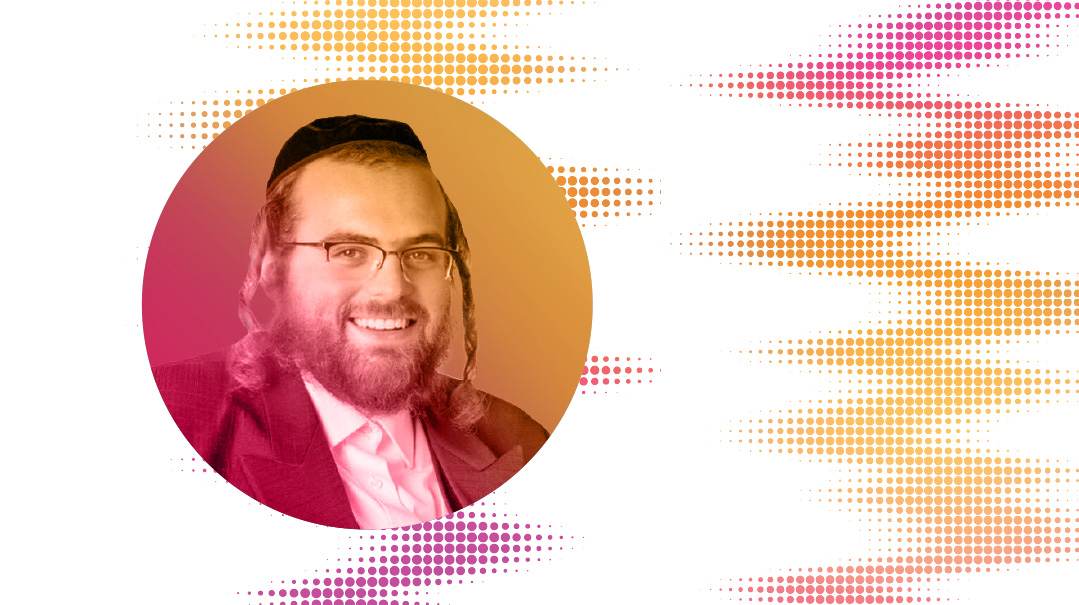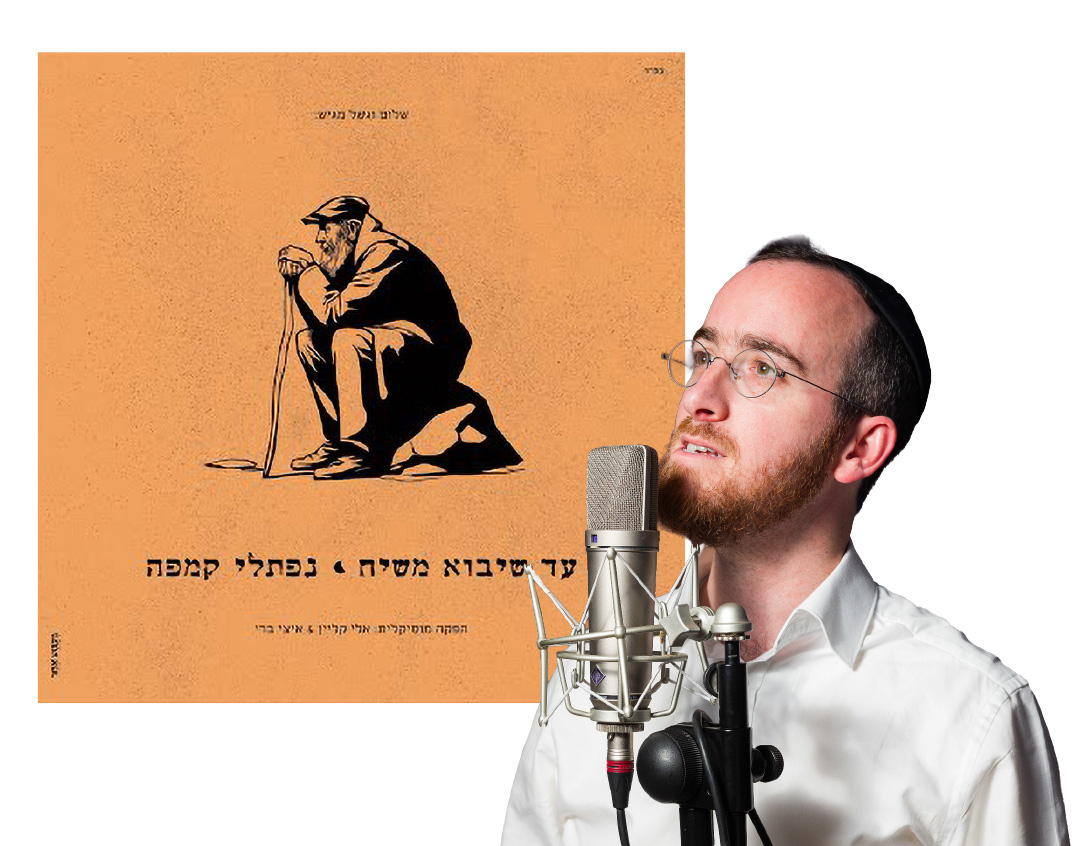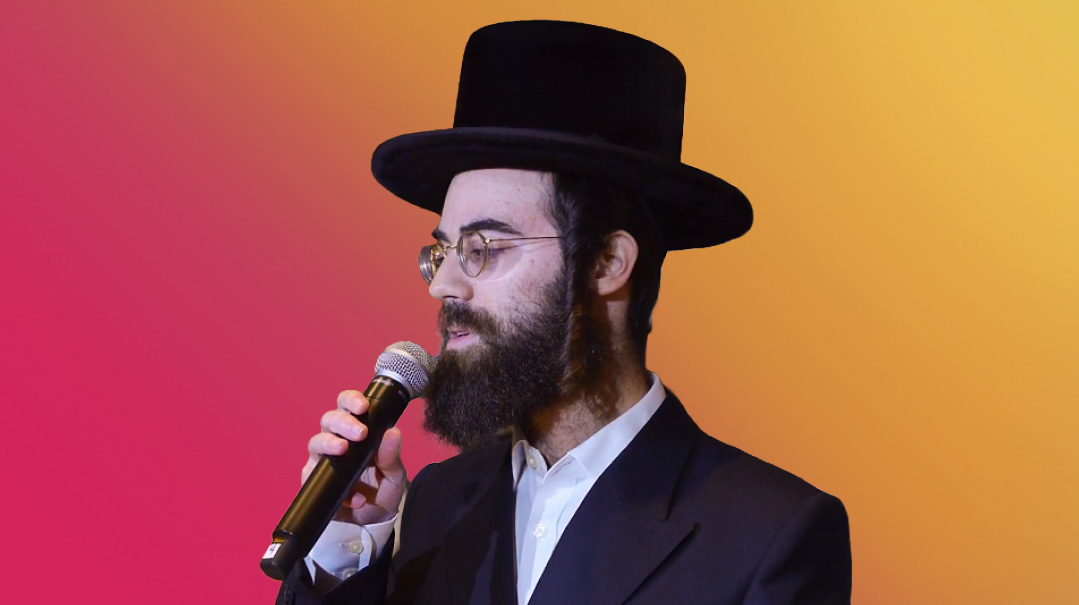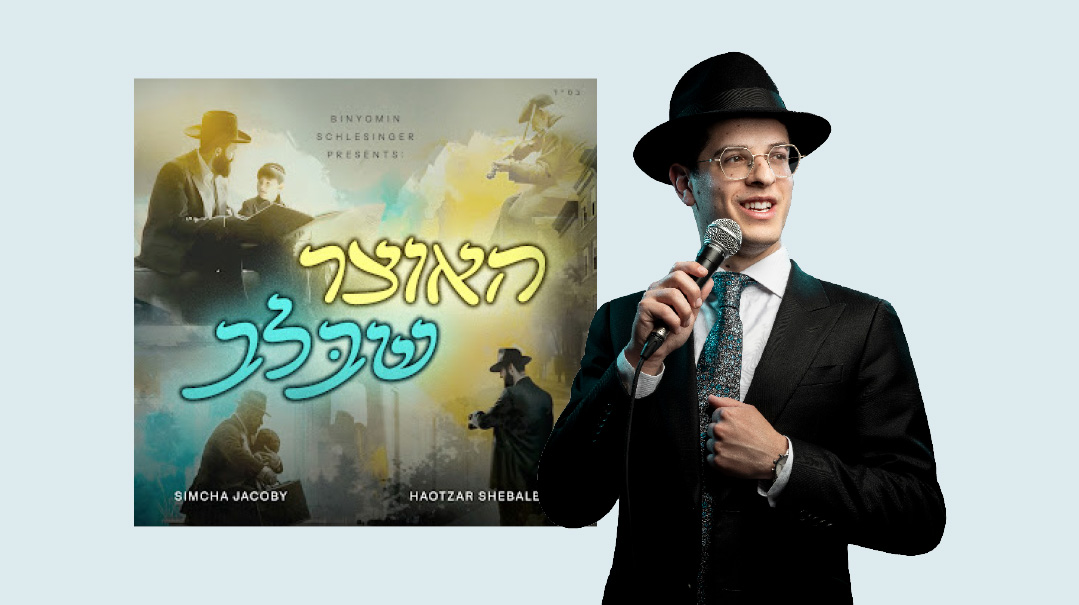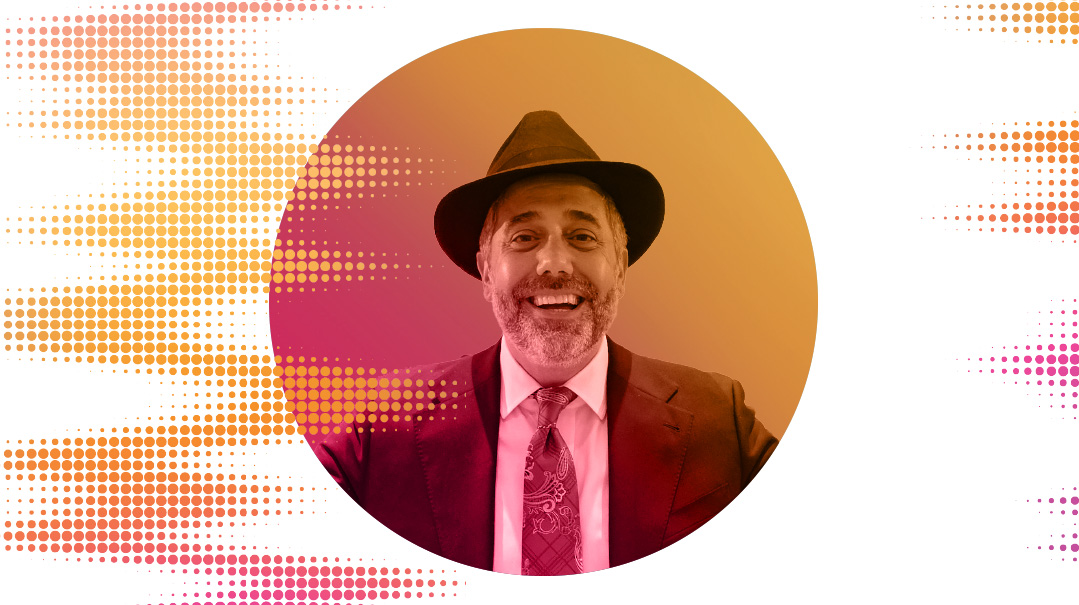Mood Mix with… Chaskel Bennett
| September 17, 2024As a shaliach tzibbur, you’re like the “bus driver” bringing along the tzibbur

CHASKEL BENNETT, business owner, political activist, and longtime Hatzolah member, is the face of a new generation of communal askanim. But it’s not only in the political sphere where he wields influence: He’s also a veteran baal tefillah, leading his kehillah from the amud at Rabbi Shimshon Sherer’s shul in Flatbush
HOW I BECAME A BAAL TEFILLAH
My grandfather, Harry Weiss a"h, was well known in Kew Gardens, Queens, as a captivating baal menagen and baal tefillah. For 40 years, he led Shacharis on Yamim Noraim, with a heart full of passion, a booming powerful voice, and a beautiful nusach — fitting the requirement for a shaliach tzibbur to be “merutzeh lakol” [widely accepted and liked by all]. In his later years, when vision problems ailed him, he persevered with the regular Shabbos davening, but Yamim Noraim was obviously much more challenging.
After I got married, he decided to teach me the nusach and arranged for me to stand in his place at the amud in his shul. I think I still have a cassette tape somewhere — it was a long arduous learning process. As well as the niggunim, Zeide had to be satisfied with my grasp of the nusach he had inherited from his father, a baal tefillah in Poland, and he insisted I also know the peirush hamilim. “If you understand what you are saying to the Ribbono shel Olam, your heart will connect with your voice, and the tzibbur will respond,” he would tell me. On the second day of Rosh Hashanah, I stood in his place in the Nusach Sefard minyan in Kew Gardens. I was all of 21 years old then, and I have davened every year since, always wearing my grandfather’s tallis.
MY FIRST TIME AT THE AMUD
My zeide insisted that I go to the mikveh before going up to the amud. His mother, my great grandmother, an old time European war survivor, was there that Rosh Hashanah morning as I prepared to leave for shul. She called me over, took a spoon from the drawer, filled it with honey, and gave it to me, telling me, “Your voice should be sweet. Zei matzliach.”
I’d been davening Shacharis for 25 years and then Covid came and changed everything. Our shul needed a baal tefillah for Mussaf, and my rav, Rabbi Shimshon Sherer, encouraged me to step in. This was very intense, because there were only ten days before Rosh Hashanah for me to learn the entire nusach of Mussaf. But with the support of the kehillah, it works.
GETTING THE CROWD TO CONNECT
If you do the nusach right and consistently, the crowd learns to count on it. They anticipate when you are going to go high or low and they aren't just spectators but participants. At the right pitch, nusach is beautiful, and the crowd joins in the piyutim, the familiar tunes of Kaddish and Kedushah.
A DILEMMA WE CHAZZANIM FACE
It’s very easy to skip nusach and just sing a popular niggun. But we have a responsibility to carry that legacy forward, and can’t allow it to fall to the wayside for temporary convenience. For example, “Ochilah Lakeil” has a longstanding nusach, but today everyone wants to sing it to the beautiful niggun of Rabbi Hillel Paley. So how do you balance it? Rabbi Sherer, the rav of our kehillah, came up with an idea. First, the crowd in shul sings the niggun, and then, the baal tefillah repeats it in the traditional nusach.
HOW I PREPARE
The first time, it took months. Nowadays, I start to think about the davening when we bentsh Rosh Chodesh Elul. The thoughts become tunes, and I start to hum, going through the nusach, making sure I still remember it.
MY MISSION
As a shaliach tzibbur, you’re like the “bus driver” bringing along the tzibbur. They’ve sent you, and your job is to bring out the best in them and inspire them. One line that really connects me with this is from the long piyut at the beginning of chazaras hashatz, “Kehalecha omdim levakeish selichasecha [Your congregation is standing to beg Your forgiveness]…” And the shaliach tzibbur is the emissary to deliver the message.
From my vantage point, davening for the tzibbur is an extension of service to the tzibbur. Instead of going to advocate in the halls of Congress, I’m going before the Eibishter to fight for our lives. Everything is on the line.
WHERE NIGGUN AND WORDS ARE A PERFECT MATCH
I love Avraham Fried’s old material. I think “Aderaba” and “Tanya” fit perfectly. And then there is “Tiher Rabi Yishmael,” about the Asarah Harugei Malchus, where the melody seems to cry along with the angels.
A SONG THAT CONNECTS ME TO MY CHILDHOOD
The niggun that came back to life is now called “It’s Geshmak to be a Yid.” We used to sing it, without words, when I went to Pirchei as a kid. Also the JEP “Ani Maamin,” which we played a lot back then.
ONE OF MY ALL-TIME FAVORITE SONGS
Abie Rotenberg’s “Haben Yakir Li.” I use it when I daven on Rosh Hashanah, because the words are from the section of Zichronos. I sing it before “U’Seshuva U’Sefillah U’Tzedakah....”
A SONG THAT TAKES ME BACK TO MY YESHIVAH DAYS
“Ashreinu Mah Tov Chelkeinu” was the favorite song of my rebbi, Rav Dovid Trenk ztz"l. When I learned in Adelphia that was kind of like our theme song.
WHAT NEW TUNES WE BRING IN
Last year, the powerful “Sha’arei Shamayim” from Naftali Kempeh’s Elul album was very big. I knew people wanted me to sing it in shul, but if we’re going to sing it, everyone should know it. So two weeks before Yom Tov, I sent out the song to the entire shul.
WHAT I’LL NEVER CHANGE
“Hineni He’ani,” “Ovos,” and “Unesaneh Tokef.” They are bigger than any of us, so how can a person change the way we daven them? I don’t feel big enough to take on these sacred tefillos.
SOME UNFORGETTABLE ENGLISH LYRICS
“Hashem will lead us out of the galus / it can’t take too much longer, you know why / And together we’re all going to daven / Together we’re all going to sing / We’re gonna say Thank You Hashem for everything!” (From “Someday”)
WHEN MY EMOTIONS KICK IN
The baal Shacharis begins from “Hamelech.” In the beginning, I worked very hard to get the nusach from Hamelech through Yishtabach and Shir Hamaalos, and probably did it a thousand times before my zeide said, “You got it.” I still remember the look of unbridled nachas on his face. Also, that Shir Hamaalos is really the first sign that the Yamim Noraim are here. Pesukei D’zimra is almost like a regular Shabbos, but once you find yourself saying Shir Hamaalos, it really hits you.
(Originally featured in Mishpacha, Issue 1029)
Oops! We could not locate your form.

